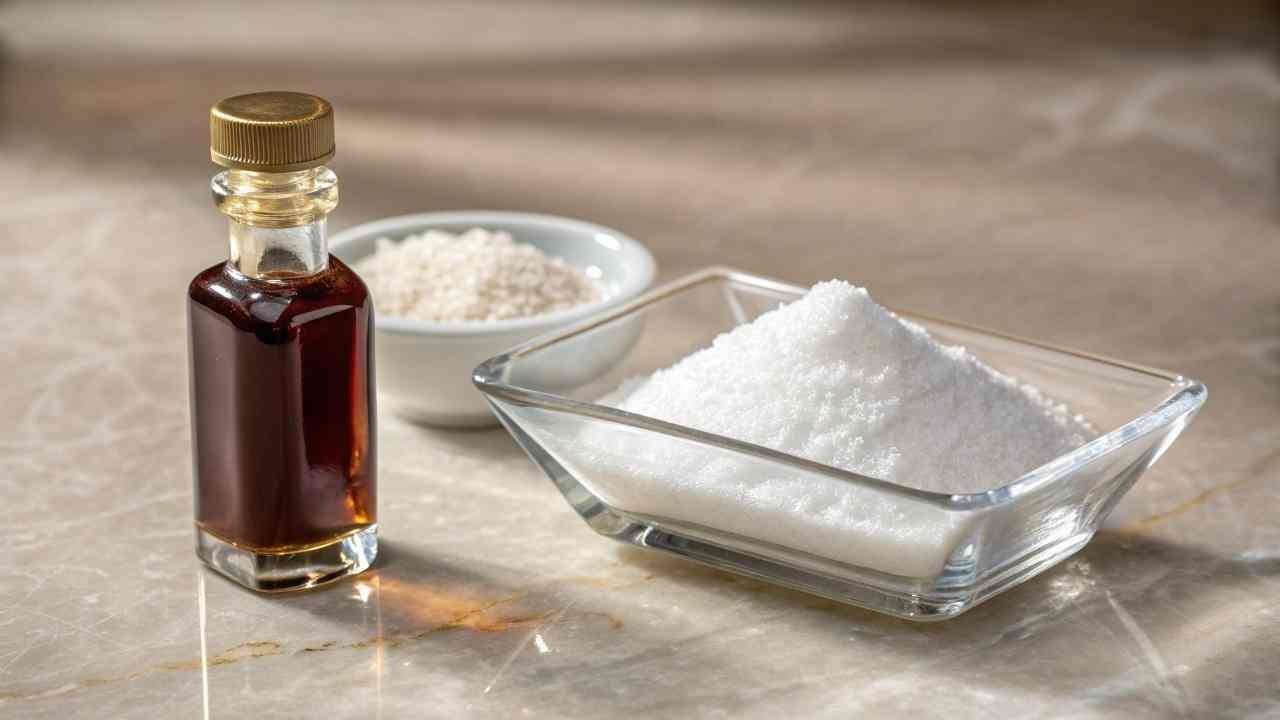Sodium Cyclamate: Uses, Safety, and Market Overview
Sodium Cyclamate, a non-nutritive sweetener, has been a subject of significant debate and scrutiny over the years. Widely used in various countries as a sugar substitute, it offers a sweetness level approximately 30-50 times that of sucrose. This article aims to provide a comprehensive overview of Sodium Cyclamate, covering its chemical properties, applications, safety concerns, regulatory status, and market trends.

Chemical Properties of Sodium Cyclamate
Sodium Cyclamate, chemically known as sodium N-cyclohexylsulfamate, has the molecular formula C6H12NNaO3S. It is a white, crystalline powder that is odorless and has a slightly sweet taste. It is highly soluble in water, making it an ideal sweetening agent for beverages and liquid preparations.
Applications of Sodium Cyclamate
- Food and Beverage Industry
Sodium Cyclamate is extensively used in the food and beverage industry as a low-calorie sweetener. Its applications include:
– Soft Drinks: Used in diet and low-calorie beverages to provide sweetness without added calories.
– Baked Goods: Enhances sweetness in sugar-free and reduced-calorie baked products.
– Confectionery: Commonly found in sugar-free candies, chewing gums, and chocolates.
– Tabletop Sweeteners: Packaged as a sugar substitute for consumers to use in coffee, tea, and other beverages.
– Processed Foods: Added to various processed foods, including jams, jellies, and sauces, to reduce sugar content.
- Pharmaceutical Industry
In the pharmaceutical sector, Sodium Cyclamate is used to mask the bitterness of certain medications. It is found in syrups, chewable tablets, and lozenges, improving patient compliance by making medications more palatable.
- Other Applications
Sodium Cyclamate is also used in personal care products like toothpaste and mouthwash, where it provides sweetness without contributing to tooth decay.
Safety and Regulatory Status
The safety of Sodium Cyclamate has been a topic of controversy since its introduction. Here is an overview of its regulatory status and safety evaluations:
- United States
In 1969, the U.S. Food and Drug Administration (FDA) banned Sodium Cyclamate due to studies suggesting a potential link to bladder cancer in laboratory animals. However, subsequent studies have not conclusively supported these findings, and the FDA continues to review the safety data. Despite ongoing debates, Sodium Cyclamate remains banned in the U.S.
- European Union
The European Food Safety Authority (EFSA) has evaluated Sodium Cyclamate and considers it safe for consumption within established limits. The acceptable daily intake (ADI) is set at 7 mg/kg body weight. It is approved for use in various food and beverage products across the EU.
- Other Countries
Sodium Cyclamate is approved and widely used in many countries, including Canada, Australia, and several Asian and Latin American nations. Each country has set specific regulatory guidelines and ADI levels to ensure consumer safety.
Health Implications
- Cancer Risk
Early studies in the 1960s raised concerns about the potential carcinogenicity of Sodium Cyclamate. However, extensive research and reviews by various health authorities have not confirmed a definitive link to cancer in humans. Current regulations and safety assessments consider it safe when consumed within the recommended limits.
- Other Health Effects
Some studies suggest that high doses of Sodium Cyclamate may lead to negative effects such as metabolic changes and disruptions in gut microbiota. However, these effects are typically associated with consumption levels far exceeding the ADI.
Market Trends and Future Prospects
The demand for low-calorie sweeteners like Sodium Cyclamate is driven by increasing health awareness and the global rise in obesity and diabetes. Key market trends include:
- Growing Demand in Emerging Markets
Emerging economies in Asia, Latin America, and the Middle East are witnessing increased adoption of low-calorie sweeteners due to rising health consciousness and regulatory approvals.
- Product Innovation
Food and beverage manufacturers are continuously innovating to create new products that cater to the demand for healthier, low-calorie options. Sodium Cyclamate is often used in combination with other sweeteners to achieve a more natural taste profile.
- Regulatory Developments
Ongoing research and regulatory reviews may impact the future use of Sodium Cyclamate. Positive re-evaluations could lead to its reintroduction in markets where it is currently banned, such as the United States.
Conclusion
Sodium Cyclamate remains a widely used and effective non-nutritive sweetener despite historical safety concerns. Its applications span across various industries, providing a low-calorie alternative to sugar. While regulatory stances vary globally, it is generally considered safe within established consumption limits. As the market for low-calorie sweeteners grows, Sodium Cyclamate is likely to remain a significant player, provided ongoing research continues to support its safety and efficacy.



